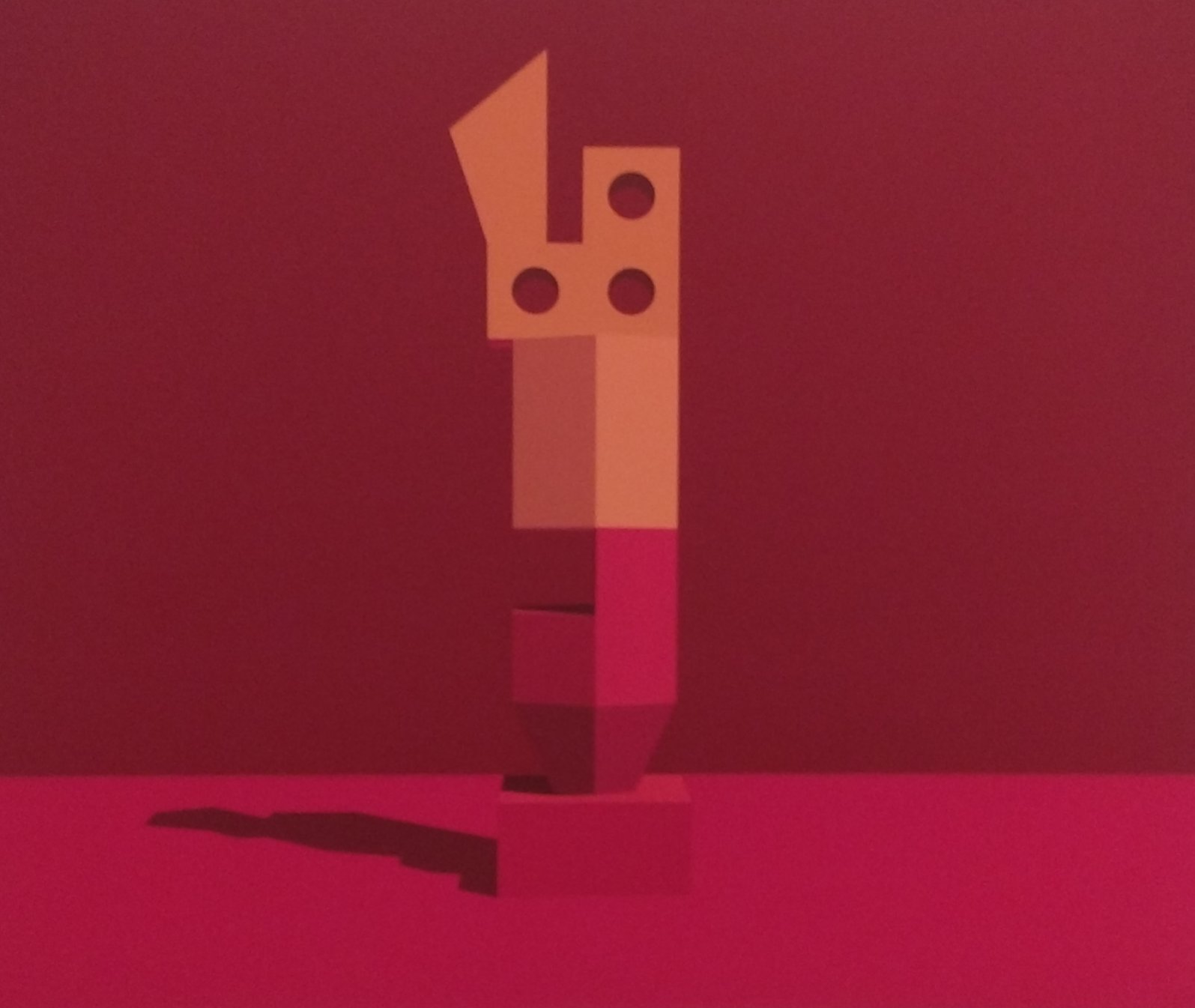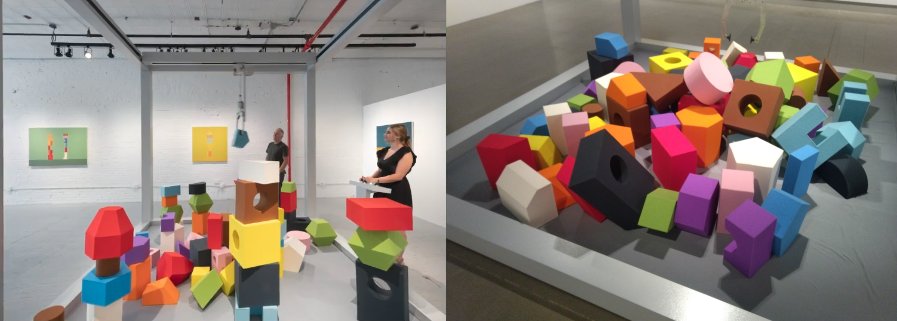Three Dimensions - An Analysis
Marman & Borins “Three Dimensions” was a tri-installation pop-minimalist art exhibition open at Contemporary Calgary until March 17th, 2024, composed of three mini installations: Balancing Act, THX2020, and ABCD.
We wanted the viewer to walk away with ideas that we didn’t even think of when creating the work Jennifer Marman
All three installations were interesting, but “Balancing Act”, the first of the three, was most striking to me, and I would like to walk you through my own interpretation of it, filtered through the lens of my own biases and thought process.
Balancing Act
Balancing Act is outwardly compelling in that it is the only part of the gallery you are forced to engage with. You could, hypothetically, disregard the artists intended order of viewing - that being Balancing Act, THX2020, then ABCD - which feels intended, especially since Marman & Borins describe these three installations as a “chronology”. It is your choice to move with the intended flow, or “time travel” as you see fit.
Right upon entering the gallery, a collection of paintings, a series of towers, are the first thing you see.

These Tower Paintings, some of the few works in the exhibition that all have individual names instead of being in a numbered series, show blocks stacked on top of each other, many of which are in gravity defying arrangements, or are under a limited perspective, ie, can only be seen from the front or side.
After viewing these paintings, the viewer is then invited to use a large-scale claw crane game to stack blocks and “create” their own block compositions.
You are unlikely to be able to build anything representing the towers in the promotional images (shown below on the left), let alone come close to replicating anything on the walls. Even if you were to spend a couple hours mastering the machine, its inherent limitations puts a cap on your own self-expression - your tower will be limited in height, in components, and in fidelity.
The claw, while outwardly playful, represents an electro-mechanical influence on art itself. It is closer to a factory lift then an arcade machine, and it is a sub-optimal way to build a tower with the blocks provided - were you allowed to use your hands, the task would be easy, and the variety of arrangements you could make far greater.

With current events, its hard not to link this exhbibition with the wider “AI Art Movement” at large. You can imagine the tower paintings as training data - the original form of artistic expression - and see the blocks on the ground as a chop-shop reinterpretation that has been redesigned to be most compatible with the apparatus.
You can use the machine to rearrance the set in any way you wish, make “your own” composistion, but the reality is that Marman & Borins made the blocks for you, made the machine too. Your composition is limited not only by the constraints of the machine but the constraints of the original “training data”. You can’t carve your own block and add it to the pile, so permutations are limited. Fundamently, you cannot make a sculpture the original artists did not conceive of.
Much like with AI, you could spend a great deal of time attempting to learn the machines limitations and operate within them, but if you’re truly so inspired to make a tower, why not just paint one yourself?
The pile of blocks themselves, after a few months of being rearranged by gallery visitors, is by far the most striking imagery in the gallery. It is chaos, amalgam. Months of tinkering with the machine, and nobody has made anything that will remain standing for more then a few hours.
You were invited to use the claw machine to create your own composition. You did not succeed.
Comments